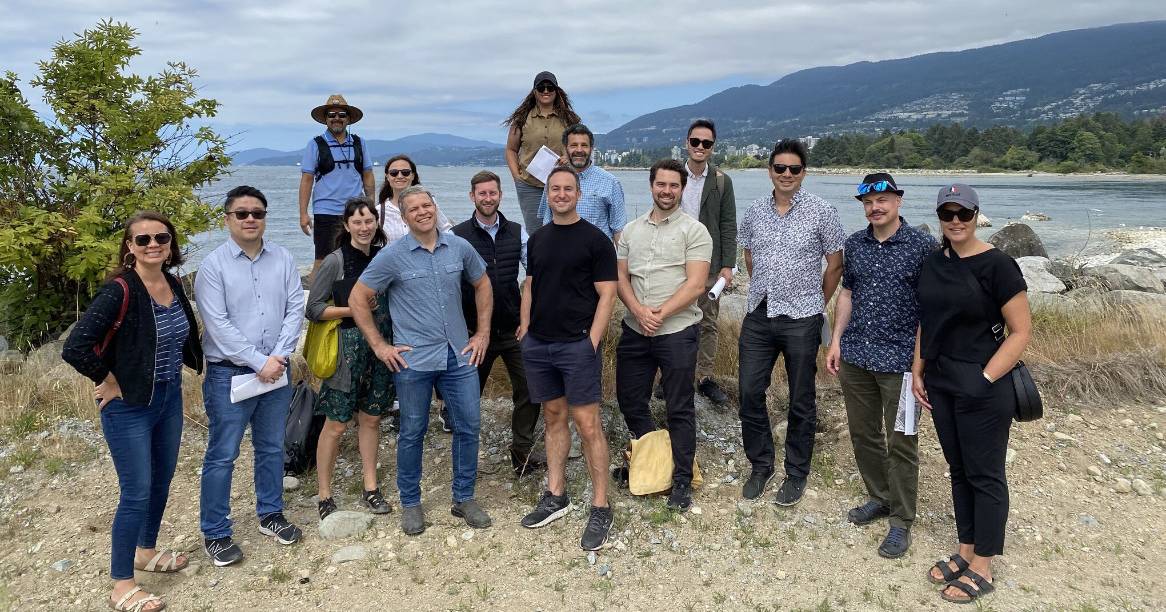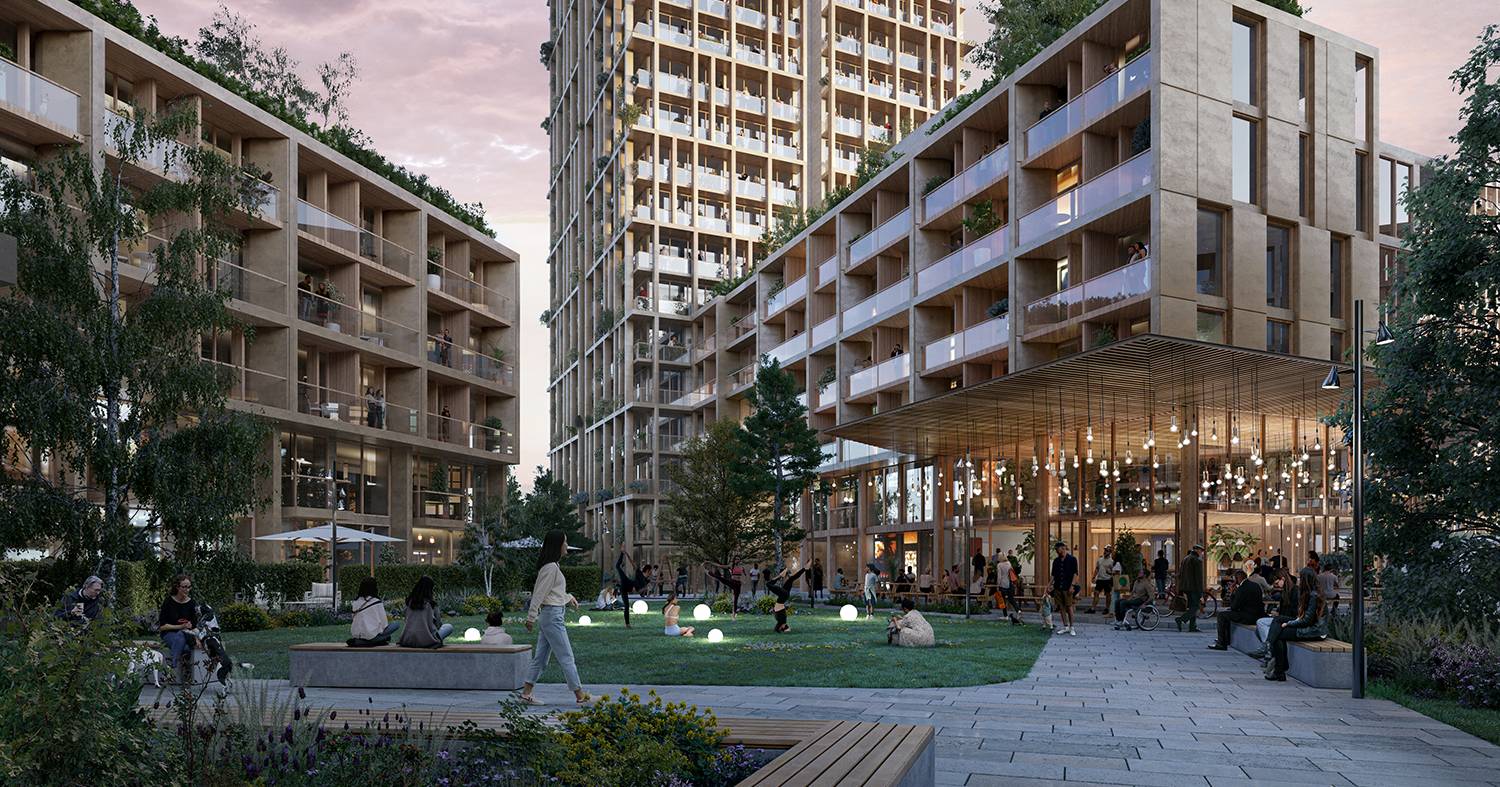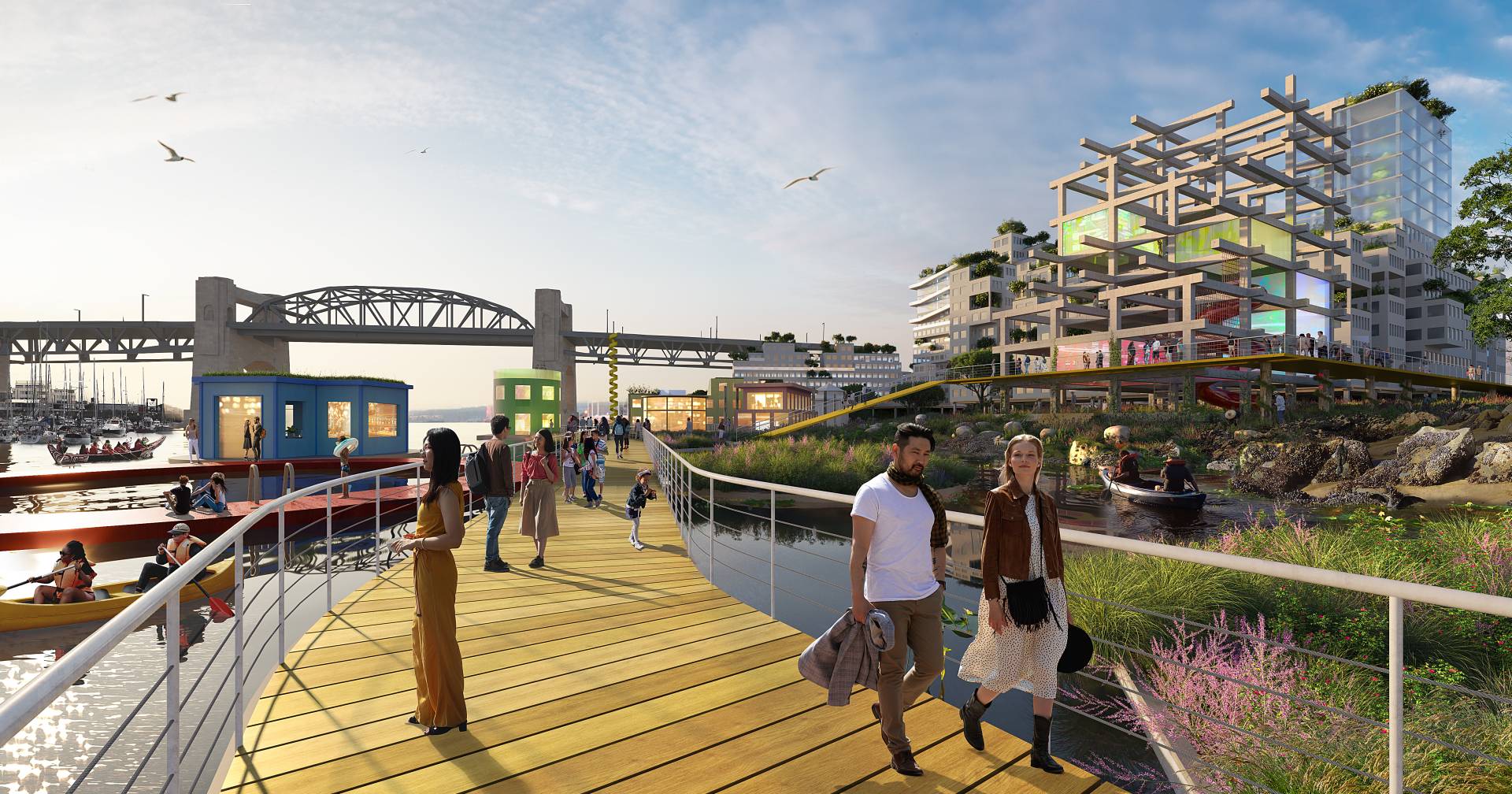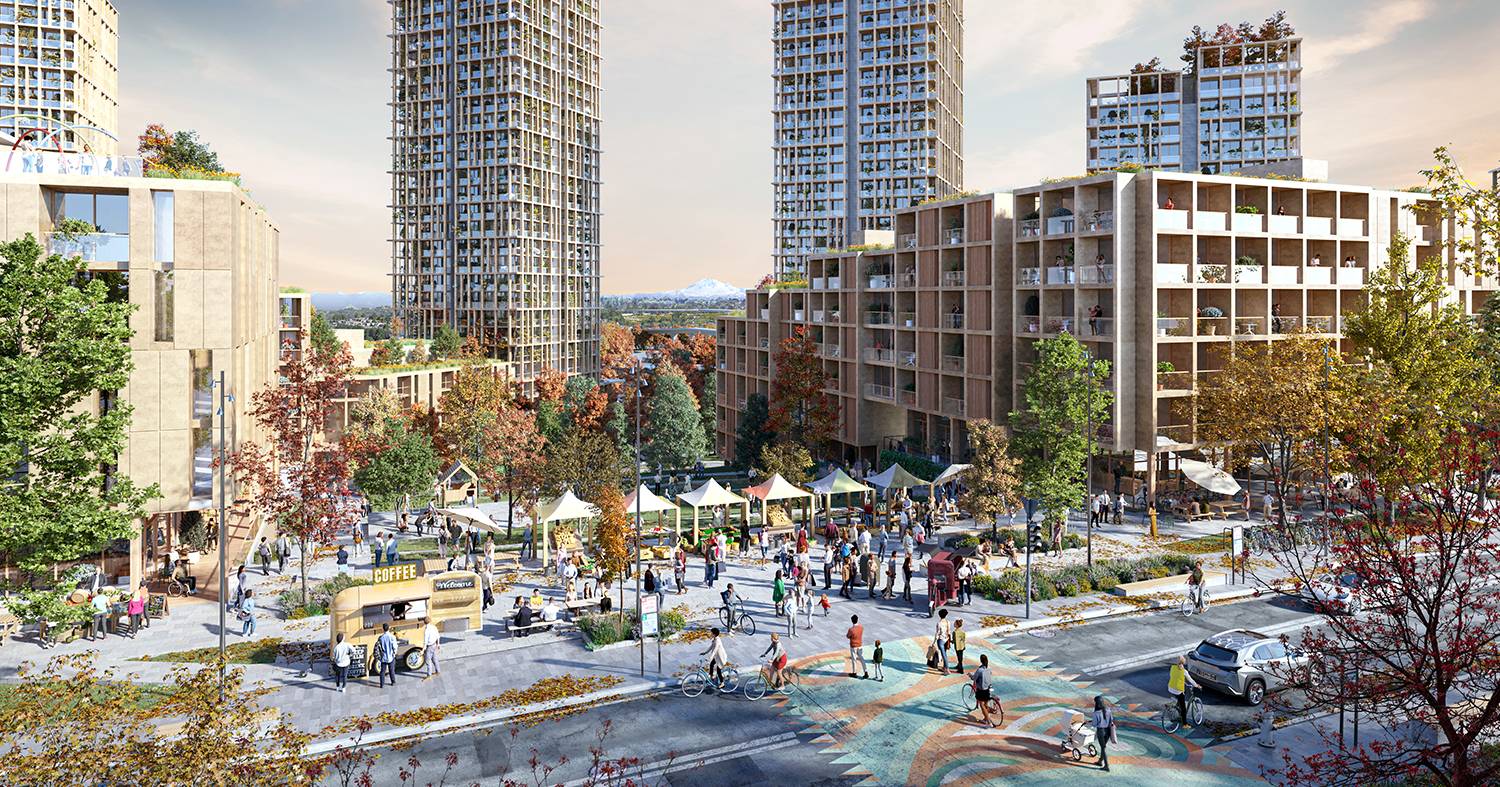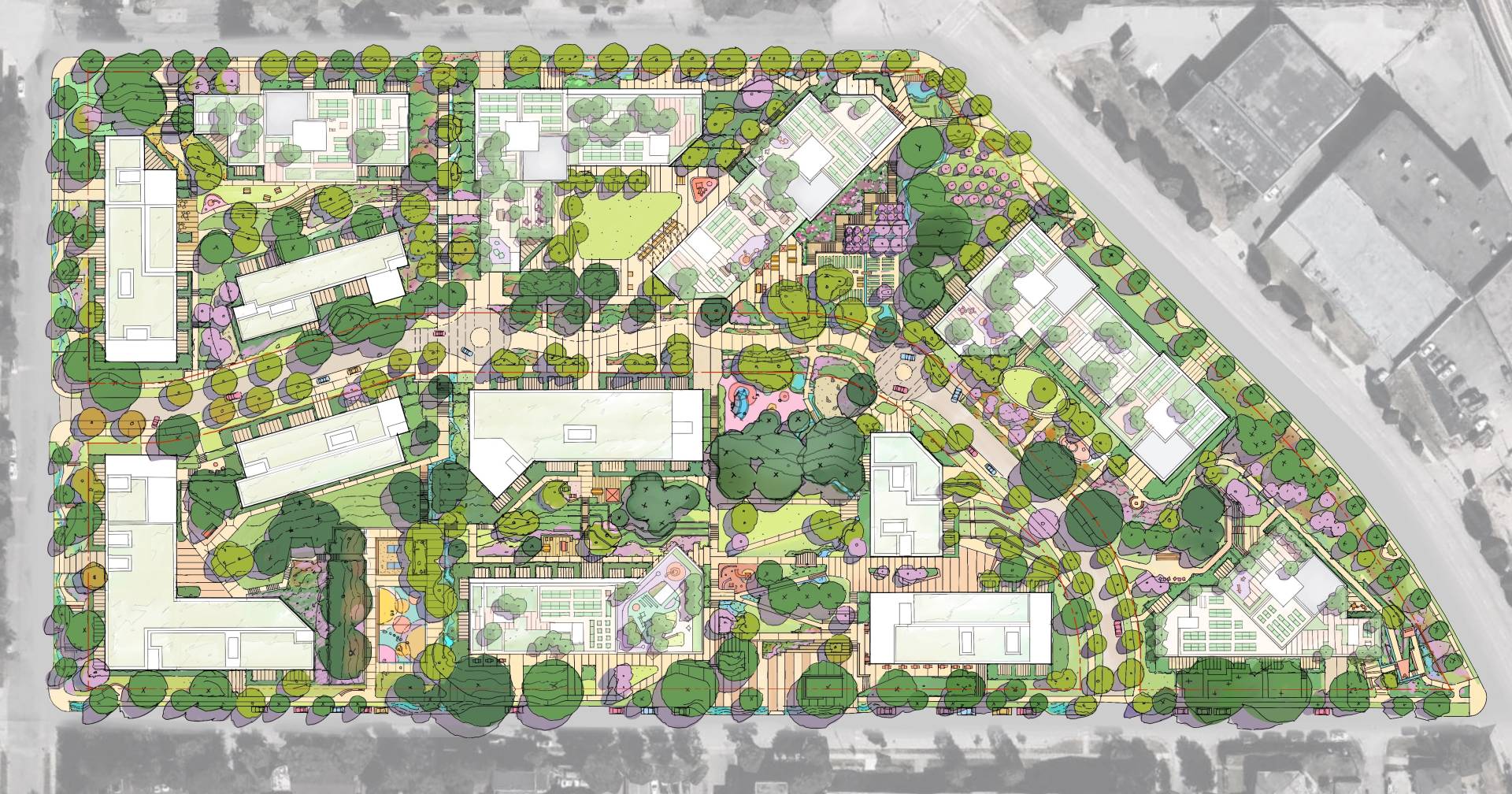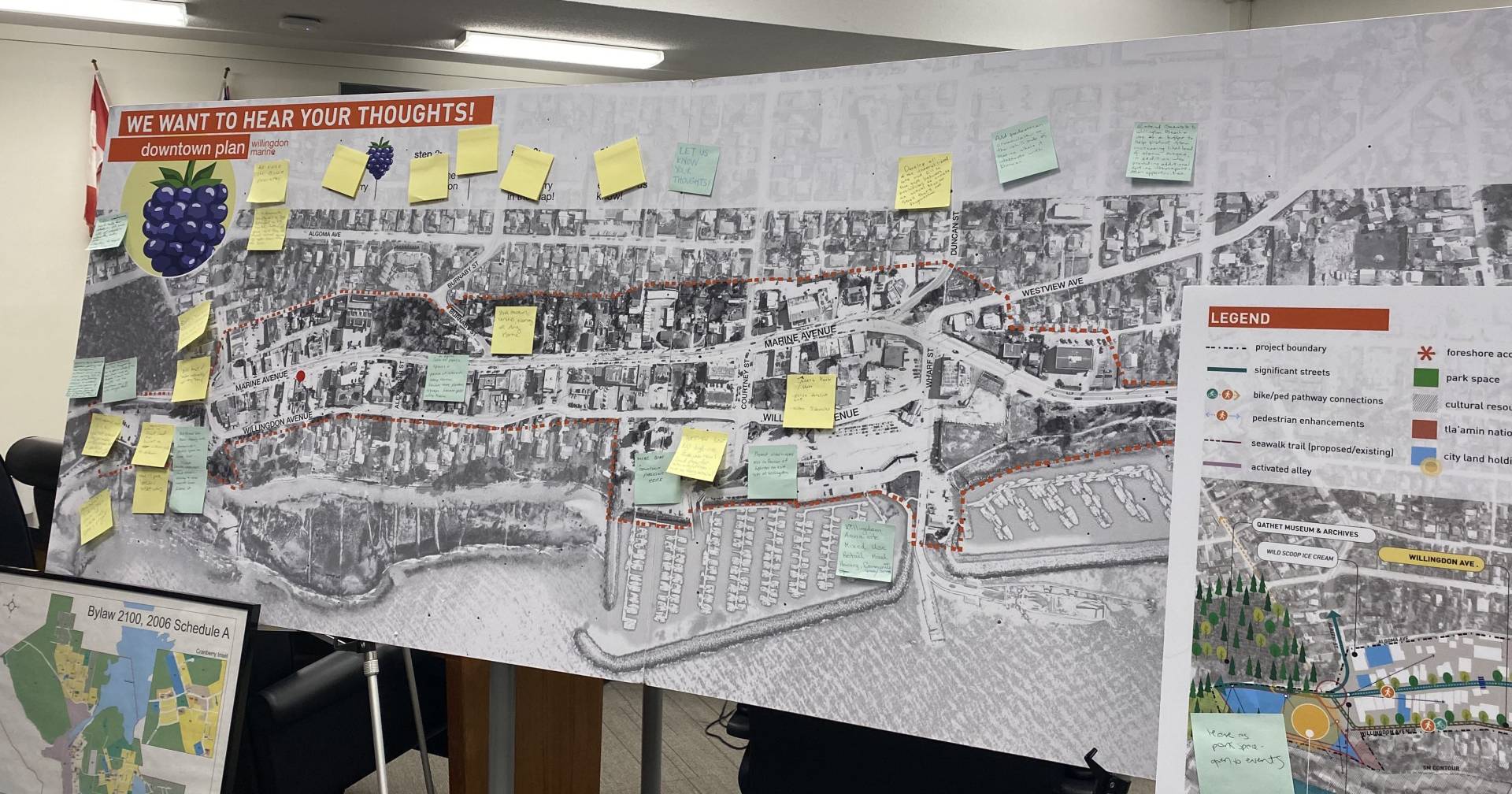Squamish Nation selects planning teams for its reserve developments
Published
PWL is privileged to collaborate with the Squamish Nation and the project team, led by Perkins & Will, in master planning two Squamish reserves on the North Shore.
Two multidisciplinary design and urban planning teams have been selected by Squamish Nation to create master plans for the development of their prominent reserve lands in Metro Vancouver, the Sea to Sky corridor, and the Sunshine Coast.
This comes six months after the First Nation first announced their strategy to create master plans for the development of five sites totalling over 350 acres.
At the time, in March 2023, they also indicated there would be a 14-month moratorium on accepting any unsolicited development and partnership proposals — until the First Nation completes the various master planning processes.
This entails two reserves on the North Shore, including an 11.5-acre strip of the Capilano reserve along Marine Drive east of the Lions Gate Bridge, and a cluster of various large reserve parcels near the north end of the Ironworkers Memorial Bridge with a combined land area of 112 acres, including the site of Real Canadian Superstore.
The remaining three sites are situated within the Sea to Sky corridor, including a 55-acre reserve on the Howe Sound waterfront in central Squamish that is bisected by the Sea to Sky Highway. Another site is also located in the Squamish Valley.
The remaining site is a 28-acre waterfront location in Gibsons on the Sunshine Coast.
For the two sites near the North Shore bridges, the Squamish Nation has selected a team led by Perkins & Will Architects and Liveable City Planning, with subcontractors PWL Partnership Landscape Architects, Cory Douglas Modern Formline Design, Ginger Gosnell-Myers Consulting, and Bunt & Associates Transportation Engineering.
For the three sites in the Sea to Sky corridor and the Sunshine Coast, a team led by HCMA Architecture & Design has been selected, along with subcontractors Sky Spirit Studio and Urbanics Consultants.
Several of the subcontractors working under the leading architectural design firms are members of the Squamish Nation.
“These teams were selected by Nation and Nch’ḵay̓ staff based on their understanding of Sḵwx̱wú7mesh worldviews, proposed collaborative design processes and understanding of market and industry opportunities,” said Mindy Wight, CEO of Nch’ḵay̓ Development Corporation, which is the economic development arm of the Squamish Nation.
Nch’ḵay̓ is perhaps best known for being the entity responsible for overseeing the Squamish Nation’s interests in the Senakw rental housing project on the reserve at the south end of the Burrard Bridge. Construction is well underway on Senakw’s first phase on the west side of the Bridge, with about 1,500 rental homes slated to reach completion by 2025/2026. The entire project, with over 6,000 rental homes across about a dozen towers, is slated to reach completion by the early 2030s.
But the First Nation has indicated from the outset that the development of much of the remaining tracts of reserves will not necessarily mean more “Senakws” on each site. This is due to case-by-case site circumstances, such as former industrial lands that may be challenging for residential uses.
Both teams will perform urban planning, urban design, land economics, cultural design, and engineering work in order to determine how the lands can be maximized for development. This will identify possible land uses, development forms, community amenities, and revenues that could benefit the Squamish Nation.
Specific possible amenities generated by development include care home facilities for Elders, a healing centre, new administrative offices, language and cultural centres, schools, and childcare centres.
The Squamish Nation has a 50% stake in Senakw, while Westbank and OP Trust — the entity that oversees the pension funds of the Ontario Public Service Employees Union and the Government of Ontario — hold the remaining 50%. Over the century-long lifespan of Senakw, the Squamish Nation is expected to see over $10 billion in revenue.
Earlier this year, the First Nation announced they would adopt the provincial government’s residential tenancy protections for their housing projects, starting with Senakw.
